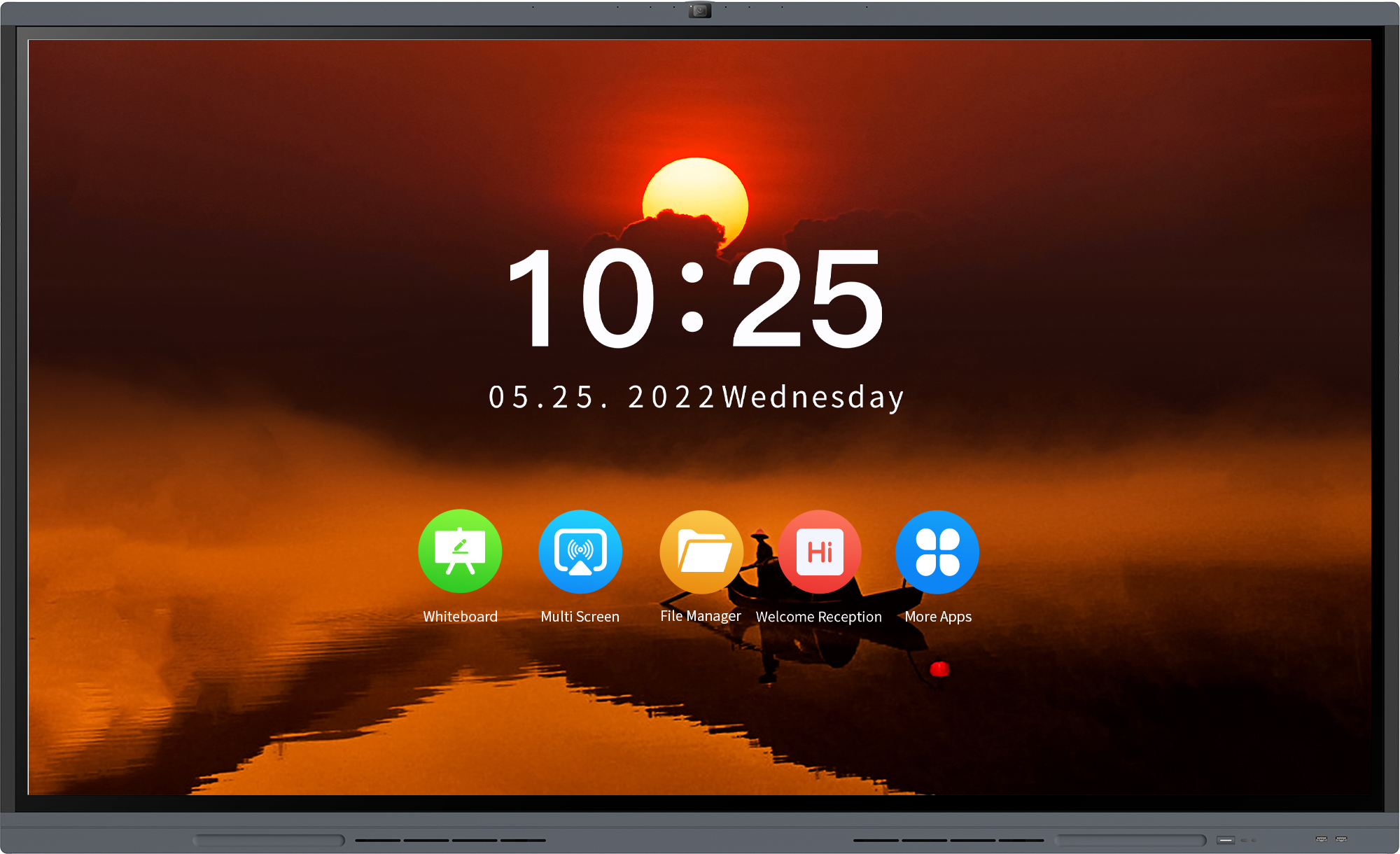
Education informatization has brought about significant changes in the classroom environment. One of the key technological advancements that have transformed traditional teaching practices is the emergence of interactive whiteboards. This article aims to provide a comprehensive overview of the development status of classroom interactive whiteboards and their impact on education under the backdrop of educational informatization.
The evolution of classroom interactive whiteboards
Classroom interactive whiteboards have evolved significantly over the years, from traditional blackboards and whiteboards to digital platforms that enhance teaching and learning experiences. Initially, early versions of interactive whiteboards were primarily used for projecting computer screens onto a larger display. However, with advancements in technology, modern interactive whiteboards now offer touch-screen capabilities, enabling teachers and students to interact directly with the projected content.
The development of interactive whiteboards has been driven by the need to create a more engaging and interactive learning environment. Features such as multi-touch functionality, digital pen support, and gesture recognition have revolutionized teaching methods by facilitating collaborative learning and fostering student participation.
The impact of classroom interactive whiteboards on education
The integration of interactive whiteboards into classrooms has had a profound impact on education. These technological tools have transformed traditional teacher-centric instruction to more student-centered and interactive learning experiences. The following are some key benefits of using interactive whiteboards in the classroom:
Enhanced visual and audio capabilities
Interactive whiteboards offer dynamic visual and audio capabilities that enhance the presentation of educational content. Teachers can incorporate multimedia elements such as videos, images, and audio recordings, making the learning process more engaging and immersive. Visual aids can also cater to different learning styles, ensuring that students with varying abilities can grasp concepts effectively.
Promotion of active participation and collaboration
Interactive whiteboards promote active participation and collaboration among students. By allowing students to interact directly with the content, they become active contributors to the learning process. Teachers can encourage students to solve problems collectively, answer questions on the whiteboard, and engage in collaborative activities. This collaborative approach fosters critical thinking, communication, and teamwork skills.
Access to vast online resources
With an interactive whiteboard, teachers and students have access to a vast array of online resources. Teachers can search for educational materials, access digital textbooks, and download interactive learning applications. This access to online resources expands the scope of learning beyond the traditional classroom, allowing students to explore and engage with real-world examples and scenarios.
Conclusion
The development and integration of interactive whiteboards in classrooms have revolutionized teaching and learning experiences. With their enhanced interactive features and multimedia capabilities, interactive whiteboards have contributed to the shift towards student-centered learning and the dissemination of educational informatization. As technology continues to advance, the potential for interactive whiteboards to further enhance education and improve student outcomes is vast.

